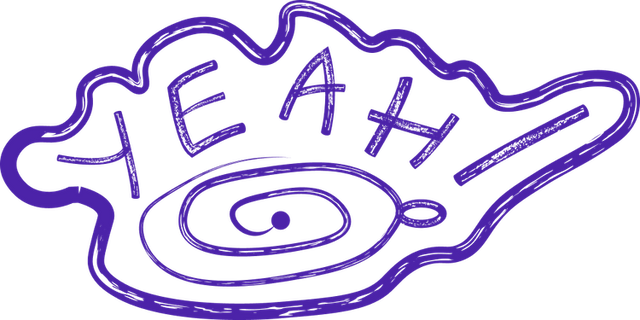
state diagram
State Diagram: Visualizing the Behavior and Transitions of Systems
The purpose of a state diagram is to capture and communicate the dynamic aspects of a system. It helps in modeling, analyzing, and designing systems that exhibit different states and undergo state transitions. A state diagram typically consists of states, events, transitions, and actions. States represent the different conditions or modes that a system can be in. Events trigger state transitions, causing the system to move from one state to another. Transitions define the conditions or triggers for the state change. Actions specify the activities or operations associated with state transitions. It's like capturing the essence of a system's behavior in a visual representation.
State diagrams are widely used in various fields, including software engineering, system engineering, control systems, and business process modeling. In software engineering, state diagrams help in modeling the behavior of complex software systems, such as user interfaces or embedded systems. They aid in understanding the interactions between different components and how the system responds to various events or inputs. In system engineering, state diagrams are used to model and analyze the behavior of physical systems, such as machines, processes, or protocols. They assist in understanding the system's operational modes, constraints, and potential failure scenarios. State diagrams also find application in business process modeling, where they capture the flow and states of business processes or workflows. It's a versatile tool that enables us to comprehend and communicate the dynamic behavior of diverse systems.
Creating a state diagram involves identifying the states, events, and transitions that are relevant to the system being modeled. The diagram can be created using graphical modeling tools or drawing tools that support the necessary symbols and notation. Arrows represent transitions between states, labeled with the triggering events and conditions. Actions associated with transitions can be described using appropriate annotations. The state diagram provides a visual representation that aids in understanding the system's behavior, identifying potential issues or inconsistencies, and facilitating system design and implementation.
In conclusion, a state diagram serves as a valuable tool in modeling and understanding the behavior and transitions of systems or entities. By visualizing the states, events, and transitions, it enables us to comprehend and communicate the dynamic aspects of complex systems. So, let's embrace the power of state diagrams as a means to navigate through the intricate behaviors of systems and design robust and reliable solutions.
Fun fact: Did you know that state diagrams have a connection to the field of finite automata and formal languages? State diagrams are closely related to the concept of finite state machines, which are mathematical models used to describe systems with discrete states and transitions. The theory of finite automata forms the foundation of state diagrams, providing a rigorous framework for understanding the behavior of systems.
Fun fact: State diagrams were first introduced by computer scientist David Harel in the 1980s as a way to model the behavior of reactive systems.
Let’s build your next digital product — faster, safer, smarter.
Book a free consultationWork with a team trusted by top-tier companies.








